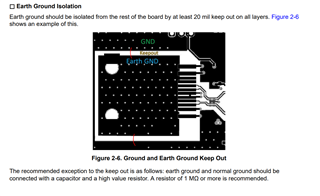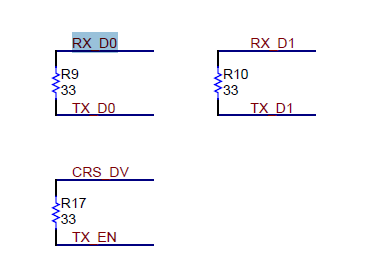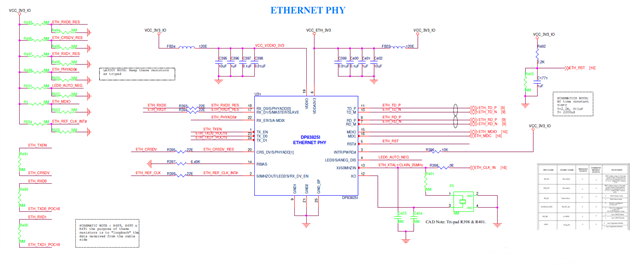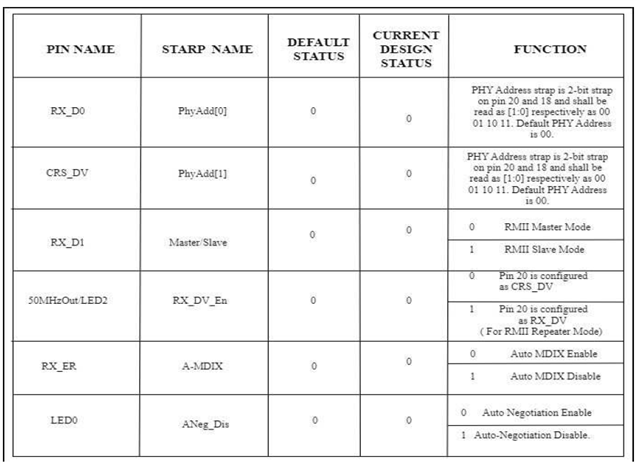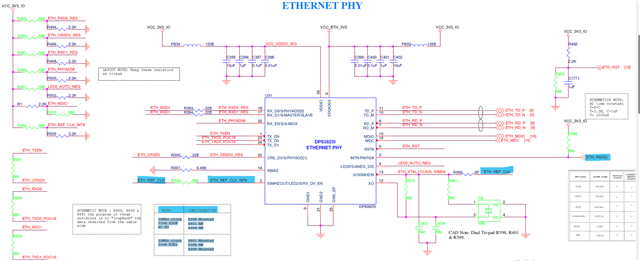Other Parts Discussed in Thread: DP83825EVM
- In the evk of DP83825IRMQR, its recommended to use 2 4700pf caps. Not able to understand single 4700pf with 1M cap can itself help EMI. Why 2 are recommended?
- Also, how this network is helping to improve EMI.
- Share the EVK BOM.
- attaching image below




